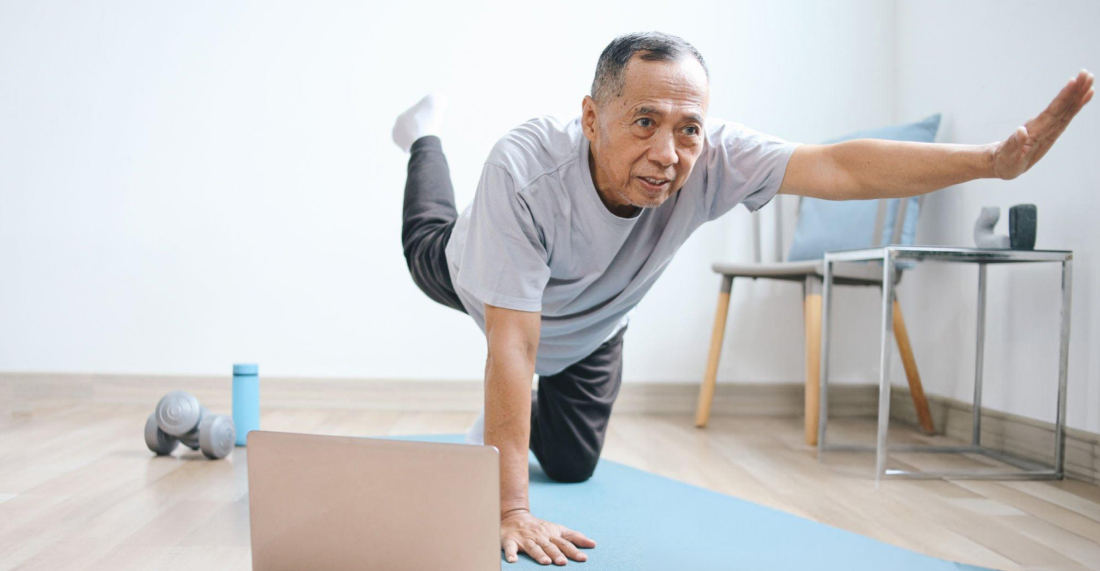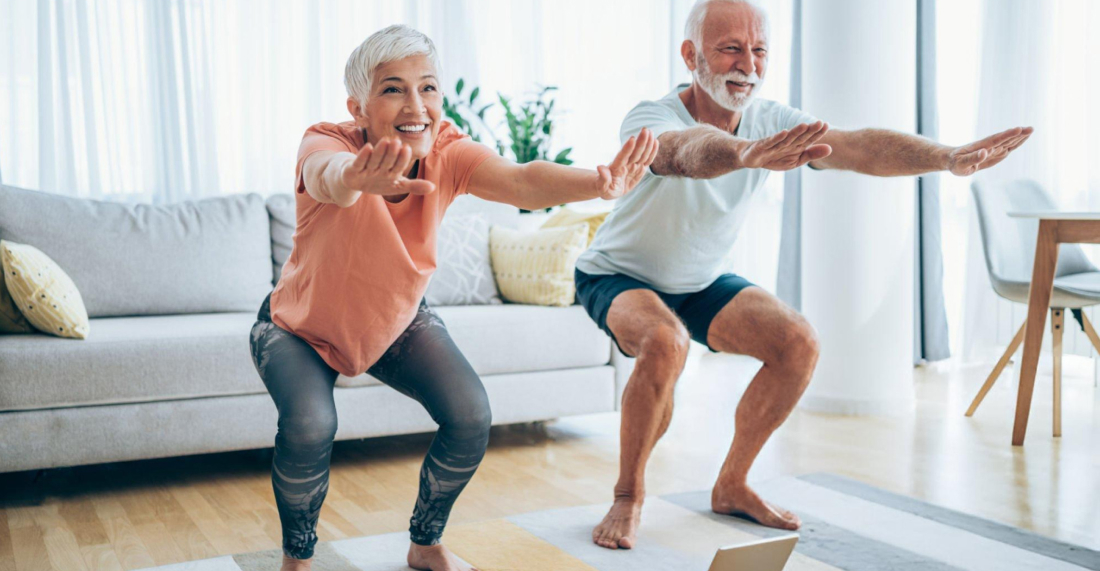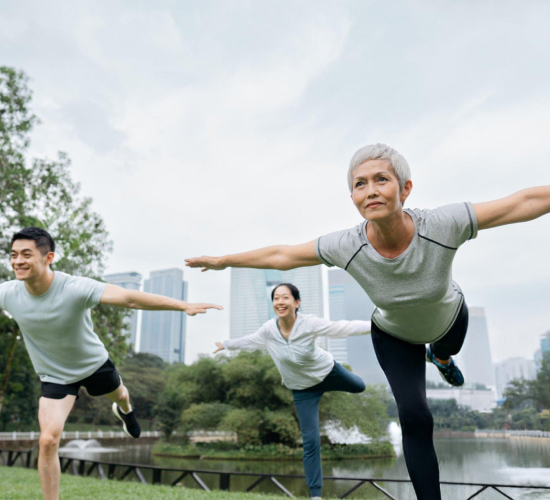

As individuals age, maintaining balance becomes increasingly challenging due to changes in muscle strength, vision, and proprioception. The onset of conditions such as osteoporosis and arthritis can also impact balance and increase the risk of falls for older adults. Understanding the physiological and psychological factors that contribute to balance issues is crucial for healthcare professionals working with ageing populations. Implementing targeted exercises focused on improving strength, flexibility, and coordination can help older adults maintain their balance and reduce the risk of falls.
Additionally, addressing environmental factors such as proper lighting, removing trip hazards, and installing grab bars can further promote safety and independence for elderly individuals. By taking a holistic approach to addressing balance challenges in ageing populations, healthcare professionals can significantly improve the quality of life for their patients.
Balance is the ability to maintain an upright posture and move without falling. It is controlled by a complex system involving the brain, inner ear, muscles, joints, and eyes. As people age, natural changes in these systems can lead to difficulties in maintaining balance.
Ageing affects various aspects of the body that contribute to balance, such as:
While neurological disorders contribute to balance problems, the primary causes among seniors include:
Several neurological conditions can affect balance and increase the risk of falls in older adults. Some of the most common include:
Parkinson’s disease impacts movement and coordination by causing a decrease in dopamine production. Common symptoms of the disease include tremors, muscle rigidity, and challenges with balance.
Damage to the nervous system can result in impaired muscle control, leading to symptoms such as dizziness, weakness, and poor coordination.
A stroke disrupts blood flow to the brain, leading to symptoms such as dizziness, loss of coordination, and difficulty walking.
Cerebellar disorders affect the cerebellum, which is responsible for maintaining balance and coordination. These disorders can result in unsteady movements and difficulty walking.
Vestibular disorders, impact the inner ear, which plays a crucial role in maintaining balance. These disorders can result in symptoms like vertigo, dizziness, and imbalance.
Peripheral neuropathy is a condition that affects the nerves outside of the brain and spinal cord. It can cause symptoms such as numbness, weakness, and difficulty walking.
Brain tumours can press on areas of the brain that control balance, leading to symptoms such as dizziness, coordination issues, and vertigo.
Normal Pressure Hydrocephalus (NPH) is a condition characterised by the accumulation of cerebrospinal fluid in the brain. This buildup can lead to difficulties with walking, cognitive impairment, and balance issues.
Huntington’s Disease is a genetic disorder that impacts an individual’s movement and coordination. It can lead to involuntary movements, challenges with walking, and a loss of balance.
Alzheimer’s and other dementias affect brain function, including spatial awareness and coordination, which can lead to an increased risk of falls due to impaired judgment and mobility issues.
The Balance Age Test helps evaluate stability and fall risk in seniors by assessing their ability to maintain balance in different positions. Below are key tests used for assessment:
Stand on one foot for as long as possible without support. A healthy adult should be able to balance for at least 30 seconds.
Begin by sitting in a chair, then stand up and walk 3 metres. Turn around and walk back to the chair. If this task takes longer than 12 seconds to complete, it indicates a heightened risk of falls.
Stand with your feet together, arms crossed, and eyes closed. Losing balance rapidly in this position could be a sign of a neurological or vestibular disorder.
Maintain proper balance by walking in a straight line, ensuring that your heel touches your toe with each step. If you are unable to do so, it may indicate a balance impairment.
Stand tall and extend one arm forward while maintaining your balance. A normal reach distance is typically 10 inches or more, indicating good stability. However, if you are unable to reach at least 6 inches, it may suggest an increased risk of falling. This simple test can help assess your balance and overall risk of falls.
Challenge your strength and balance by sitting in a chair and standing up five times without using your hands. A normal completion time is less than 12 seconds, while those with poor strength or balance may take longer than 15 seconds.
Step on and off a 15 cm (6-inch) platform as many times as you can in just 15 seconds. A lower step count suggests a need for improvement in your dynamic balance.
This assessment categorises individuals based on their ability to pass various tests measuring stability. Those who exhibit high stability can complete all tests with ease, while those at moderate risk may encounter difficulties with 1-2 tests. Individuals classified as high fall risk demonstrate poor performance in multiple tests, indicating a greater likelihood of falling.

Balance issues can often be improved with targeted treatments. The best approach depends on the underlying cause.
Vestibular rehabilitation therapy is a beneficial treatment for individuals experiencing dizziness and inner ear disorders. This therapy includes a variety of exercises aimed at improving muscle control and stability, ultimately reducing symptoms of vertigo. In addition to strength and coordination exercises, activities such as Tai Chi and Yoga are incorporated to enhance flexibility, posture, and balance.
Review medications that can cause dizziness, such as sedatives and blood pressure medications. It is important to address underlying conditions that may be contributing to dizziness, such as Meniere’s disease (which can be treated with diuretics), Parkinson’s disease (which may require dopaminergic drugs), or low blood pressure (which can be managed with fludrocortisone).
Mobility aids such as canes, walkers, and grab bars are essential tools for enhancing stability and reducing the risk of falls. Additionally, orthopaedic shoes play a crucial role in improving both gait and posture.
Proper hydration and nutrition are essential for maintaining balance. Dehydration and vitamin deficiencies, such as B12 and D, can negatively impact balance. It is important to ensure you are getting enough rest and managing stress effectively, as fatigue and anxiety can exacerbate balance issues. Prioritising these aspects of your health can help improve your overall balance and well-being.
The Epley manoeuvre is a technique used to reposition ear crystals in individuals suffering from Benign Paroxysmal Positional Vertigo (BPPV). Additionally, antihistamines and vestibular suppressants can help alleviate dizziness caused by inner ear issues.
Patients with Parkinson’s, stroke, or multiple sclerosis can greatly benefit from personalised rehabilitation programmes. Moreover, nerve stimulation and cognitive therapy have shown promising results in treating neurodegenerative conditions.
Surgical procedures for chronic vestibular disorders involving the inner ear, as well as shunt placement for conditions such as Normal Pressure Hydrocephalus (NPH), are essential treatments for patients suffering from these conditions. These surgeries aim to alleviate symptoms and improve the quality of life for individuals affected by these debilitating disorders.
Falls are the leading cause of injury in older adults. Preventative measures can greatly reduce the risk of falling.
To enhance safety within the home, it is recommended to eliminate tripping hazards such as rugs, clutter, and wires. Additionally, consider installing grab bars in bathrooms and stair railings to provide support and stability. Ensure that hallways and staircases are well-lit with bright lighting to prevent accidents. In areas prone to moisture, such as the bathroom and kitchen, utilise non-slip mats to reduce the risk of slipping.
It is recommended to wear non-slip, supportive shoes with good grip to prevent slips and falls. Avoid wearing high heels, loose slippers, or walking barefoot as these can increase the risk of accidents.
For additional support, utilise canes or walkers. If necessary, also consider investing in bed rails, stair lifts, and shower chairs.
Certain medications may lead to feelings of dizziness or drowsiness. It is important to regularly consult with a healthcare professional in order to discuss potential adjustments or changes to your medication regimen if deemed necessary.
Poor eyesight or hearing can have a significant impact on an individual’s spatial awareness and balance. It is important to regularly update your eyeglasses and utilise hearing aids if necessary to ensure optimal sensory function.
To maintain strong bones, it is important to ensure sufficient intake of Vitamin D and calcium. Additionally, staying properly hydrated is crucial in preventing dizziness caused by dehydration.
To prevent dizziness caused by low blood pressure (orthostatic hypotension), it is recommended to stand up slowly. Sudden movements should be avoided as they can lead to imbalance.
Address underlying conditions such as Parkinson’s disease, stroke, or neuropathy. It is important to monitor blood pressure and heart health regularly.

Balance and ageing are closely linked, and balance problems should never be ignored. While neurological disorders, muscle weakness, and chronic conditions contribute to instability, there are numerous treatments and preventative measures to maintain balance and reduce fall risks.
For seniors to maintain independence and fulfilment, it is important to stay active, make lifestyle adjustments, and seek medical advice. By understanding neurological disorders that cause balance issues, identifying the main causes of balance problems in the elderly, and exploring effective treatments, seniors can take proactive steps towards better health and well-being.
Ageing affects balance by weakening muscles, slowing reflexes, impairing vision, and reducing inner ear function, increasing the risk of falls.
Lack of balance in the body is caused by muscle weakness, inner ear disorders, neurological conditions, vision problems, or medication side effects.
Improve balance as you age by doing strength and balance exercises, practising yoga or tai chi, staying active, and maintaining good vision and inner ear health.
Sources:
Spread the love, follow us on our social media channels